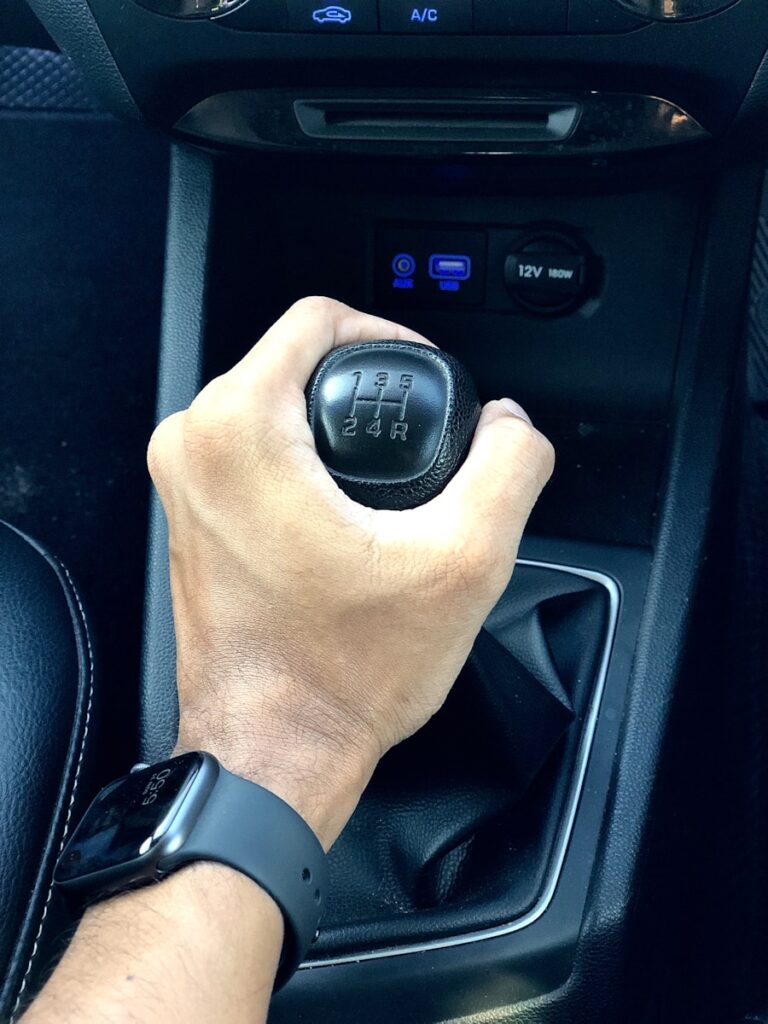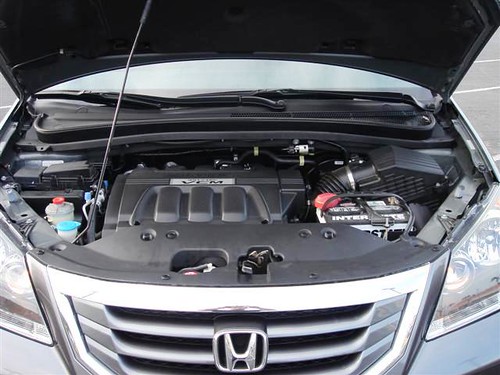
Driving a manual car, often seen as a dying art, is a deeply satisfying skill that offers a profound connection between driver and machine. While the initial learning curve can be daunting, especially with a car full of eager spectators, mastering the nuances of a stick shift opens up a world of advanced driving techniques, from tracking your vehicle to road racing. For those who have already navigated the basics—understanding the clutch, the gear shift, and the delicate dance of feet and hands—the journey doesn’t end there.
Indeed, moving beyond mere competence to true mastery requires a conscious effort to refine techniques and, perhaps more importantly, to unlearn certain habits picked up during the beginner phase. Many drivers, myself included, develop practices that might feel natural or even beneficial but actually inflict long-term damage on the car’s vital components. This guide isn’t for the absolute beginner; instead, it’s crafted for the seasoned manual driver ready to elevate their expertise, transforming everyday commutes into a smoother, more efficient, and ultimately more enjoyable experience.
We’ll embark on a deep dive into some of the most critical advanced tips and tricks, many of which involve shedding behaviors that, while perhaps serving a purpose during initial learning, can actively hinder your driving performance and the longevity of your vehicle. By addressing these common pitfalls and adopting more refined practices, you’ll not only preserve your transmission and clutch but also unlock a new level of control and responsiveness that defines a truly professional manual driver. Let’s “take the training wheels off” your driving experience and turn those good habits into great ones.

1. **Revving Sounds Cool, But it’s Terrible for Your Car**It’s a natural inclination, almost a rite of passage for some, to rev the engine of a manual car. The sound can be exhilarating, suggesting power and performance. However, this seemingly cool practice, particularly when done while the car is in neutral or with the clutch fully depressed, is far from beneficial for your vehicle and is a habit that an advanced driver should actively avoid.
When your clutch is fully pressed, your transmission is disengaged. This means that any power generated from the engine will stay in the engine and won’t result in you moving. In this state, your engine is spinning “on-air,” experiencing no load, which is contrary to its design. Engines are built to create power and then transfer that power to the rest of your car through the drivetrain. When it spins without that load, the full impact of this unutilized energy is unfortunately directed into your clutch.
This unnecessary strain becomes a significant detriment. Revving your car in neutral or with the clutch depressed is a quick way to burn out your clutch disc prematurely. Furthermore, it also damages the moving parts within your engine, contributing to accelerated wear and tear that can lead to costly repairs down the line. While revving is a natural part of the driving process—for instance, when accelerating or downshifting correctly—it’s the gratuitous, load-free revving that poses the problem and should be consciously kicked out of your driving repertoire.

2. **Stop Rocking at Red Lights**Another common habit that many manual drivers fall into, often unconsciously, is the subtle rocking motion at red lights or in stop-and-go traffic. It can feel almost soothing, a minor engagement with the car as you allow it to roll back slightly, then engage first gear with a touch of gas to rock forward. While this might provide a momentary distraction or a sense of playful interaction, it’s actually subjecting your car’s vital components to unnecessary stress.
What might seem like harmless rocking is, in fact, putting your clutch and transmission through needless shift cycles. Every time you shift into first gear and then use the clutch to simulate a neutral position before re-engaging, you are causing friction and wear on these critical parts. This constant engagement and disengagement, even if subtle, accumulates over time and contributes to the premature wearing down of your clutch disc and the internal components of your transmission.
While rocking might have been a technique you employed when you first learned how to drive—perhaps to find the biting point or maintain momentum—it’s a practice that has no place in an advanced driver’s skillset. An experienced manual driver strives for efficiency and longevity, and eliminating such habits is key to preserving the health of their vehicle. By maintaining a firm stop and only engaging the clutch and first gear when truly ready to move, you’ll be treating your transmission with the respect it deserves.
Read more about: An Outdoor Survival Master’s Secret Toolkit: Unpacking the 11 Essential Wilderness Lifelines
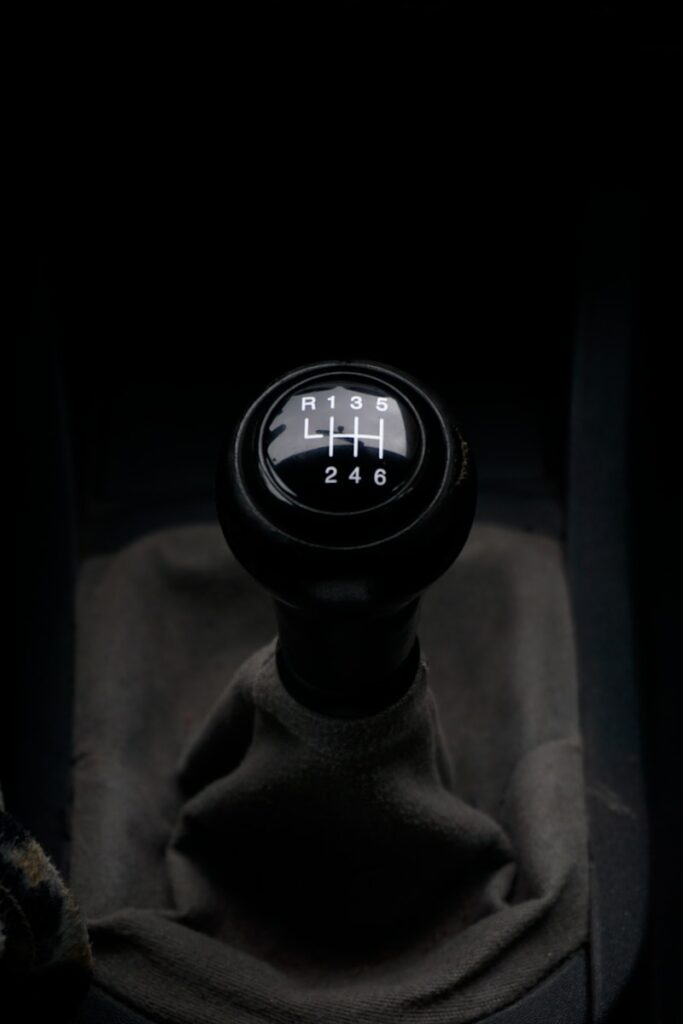
3. **Keep Your Hand Off the Clutch Between Shifts**Many manual drivers, myself included at times, might subconsciously treat the shift knob as a convenient resting place for their right hand. It feels natural to keep it there, ready for the next gear change. However, if you think your shift knob looks like an armrest, it’s time for some important news: resting your hand on the shift knob between shifts is a detrimental habit that can significantly shorten the life of your transmission.
When your hand is resting on the shift knob while the car is in gear and cruising, you are inadvertently putting a slight but continuous load on your transmission. Even a small amount of pressure exerted on the shifter can cause the internal components, specifically the selector forks and synchros, to rub against the rotating gears more than they should. This constant, unintended contact creates friction and wear that the transmission is not designed to handle continuously.
To be clear, this advice isn’t about avoiding the shift knob during the act of shifting itself—that’s obviously necessary. The concern is specifically when you’re cruising after a gear shift and choose to keep your right hand on the knob, perhaps in anticipation of a later shift. This constant pressure, however slight, will cause your transmission to die sooner than it otherwise would. Pushing or pulling on the clutch (the lever system connected to the knob) when it’s already in gear wears down your gears even quicker, directly impacting their lifespan and smooth operation.
For optimal vehicle health and longevity, an advanced manual driver should consciously remove their hand from the shift knob once a gear has been engaged. A better practice is to rest your hand on the center console near the base of the shift boot. As long as you’re not touching the shift knob or the shaft itself, your transmission will thank you for the reduced strain. This simple change in habit can make a meaningful difference in the long-term performance and reliability of your manual transmission.
Read more about: Mechanics’ Top Frustrations: 14 Bad Car Habits You Need to Stop Now to Save Money and Your Vehicle’s Life
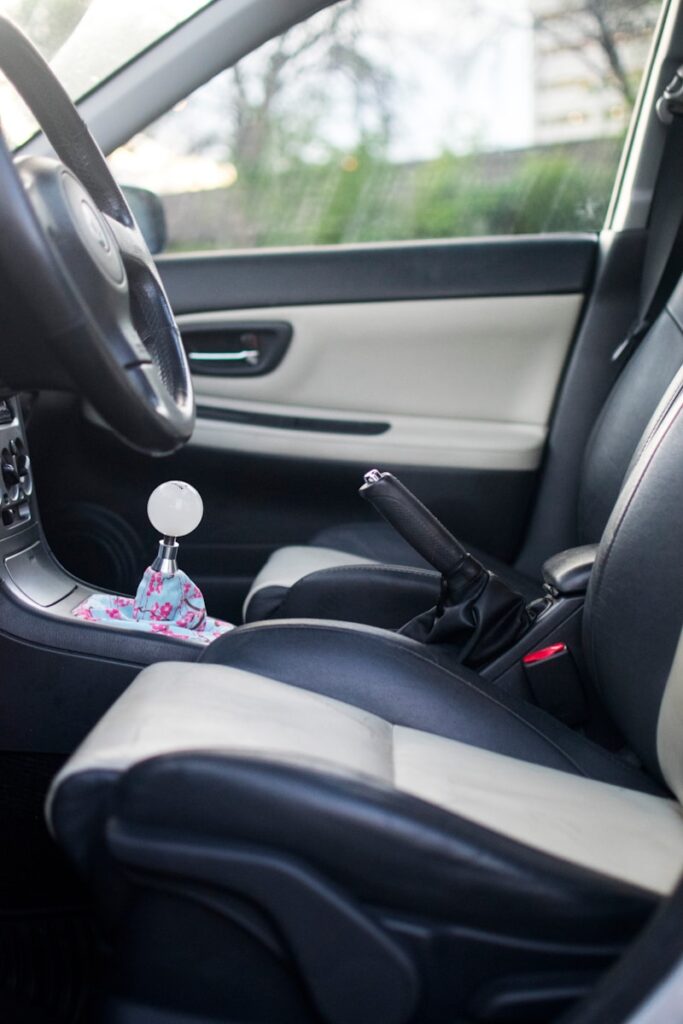
4. **Never Force it in Gear**One of the most jarring and mechanically abusive sounds a manual car can make is the grinding of gears. This unpleasant noise typically occurs when a driver attempts to force the gear shifter into a desired position without the full and proper engagement of the clutch. Forcing your car into gear without full use of the clutch is not only an auditory assault but also a direct assault on the integrity of your transmission.
While it might be physically possible to brute force your shifter into a gear, such as third, there is absolutely no mechanical reason or benefit to doing so. Beneath the surface, when you engage in this action, you are subjecting your transmission to extreme force and an excessive amount of friction. The internal components are pushed along a path that they are not designed to take under such duress, leading to immediate and significant wear.
This aggressive treatment is, quite frankly, one of the quickest ways to burn out your transmission. The synchromesh rings, which are designed to match the speed of the gears for smooth engagement, are severely stressed and damaged when gears are forced. If you find that your clutch is failing to the point where you frequently need to force your car into gear, it is a critical warning sign. Continuing to drive in this manner will rapidly bring your transmission to a grave right next to your ailing clutch, necessitating costly and extensive repairs. A truly advanced driver understands and respects the mechanical symphony of their vehicle, always ensuring smooth, unforced gear changes facilitated by proper clutch depression.
Read more about: Beyond the Quarter-Million Mark: Our Shortlist of Cars Engineered for Extreme Longevity

5. **Don’t Park in Neutral**When many drivers first learn the intricacies of a manual car, a common piece of advice is to park the vehicle in neutral. This instruction is often given because it simplifies the starting process, particularly for beginners who might be apprehensive about starting a car while it’s already in gear. However, for an advanced manual driver, this beginner-level advice needs to be reconsidered and ultimately superseded by a safer, more protective practice.
The truth is, an advanced driver should never park their car in neutral. The primary reason for this updated recommendation lies in vehicle safety, specifically as a safeguard against parking brake failure. If your car is left in neutral and the parking brake—whether it’s a traditional handbrake or a modern electronic one—were to fail, your car would simply roll away, potentially causing significant damage or injury.
Instead, the correct and safest practice is to park your manual car in either reverse or first gear, depending on the direction your car is pointing relative to a potential roll. If you have reversed into a parking spot, the best practice is to engage first gear. Conversely, if you’ve driven forward into a spot, reverse gear is appropriate. In the event of a parking brake failure, a car left in gear will essentially stall and lock up due to the engine being unable to turn over with the wheels, thus preventing it from rolling away. This simple yet crucial habit acts as a critical passive safety feature, protecting your vehicle and its surroundings.
Read more about: Ditch the Drama: Your Guide to 12 Bikini Blunders and How to Slay Your Summer Style
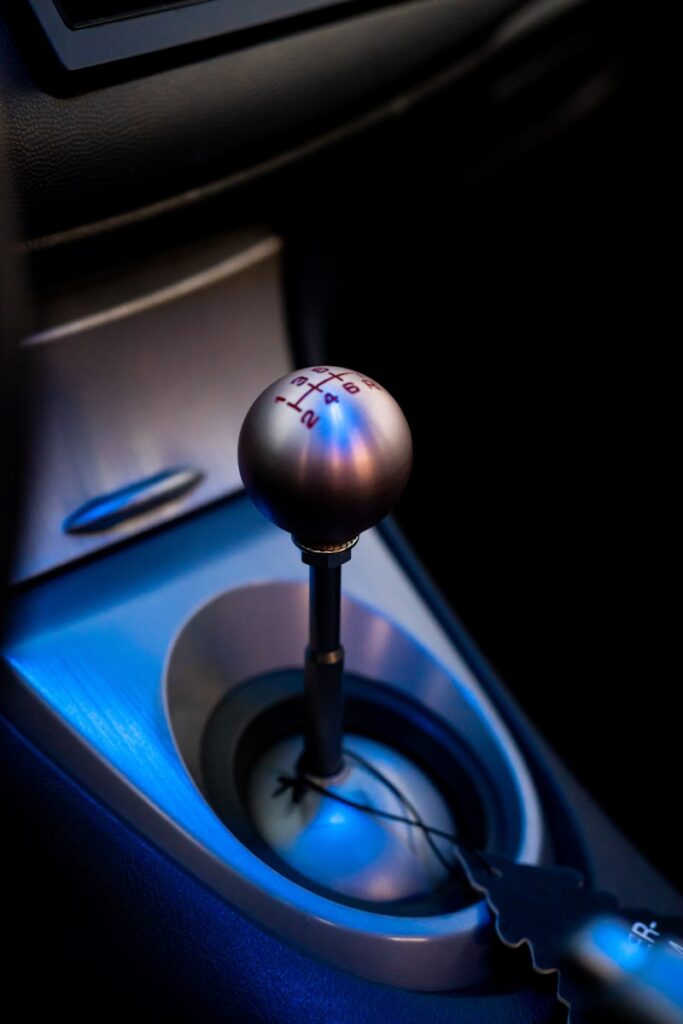
6. **Never Slam Your Gears**The allure of racing movies, with their dramatic portrayals of drivers aggressively slamming gears, can be incredibly infectious. Many aspiring manual drivers might watch Vin Diesel’s character in a film, appearing to accelerate faster by violently shifting, and think this is the secret to performance. Let’s be clear: this cinematic trope is a huge myth, and attempting to replicate it does nothing but harm your vehicle.
Slamming your gears does not make your car go faster; it does nothing except wear out your transmission and clutch at an accelerated rate. When we refer to “slamming gears,” we mean throwing the gear quickly and roughly into its slot, often hitting the backend of the gear position with excessive force. This practice creates immense shock loads and friction within the gearbox, which is designed for precise, controlled movements, not brute force.
If you observe footage from professional racing environments, such as inside a NASCAR or rally car, you will note that the drivers, while incredibly fast and decisive in their shifts, do not “slam” their gears. They execute rapid, fluid shifts with an intimate knowledge of where the knob needs to end up, guided by feel and precision rather than raw power. This smooth, deliberate action, even at high speeds, is key to maintaining transmission integrity. An advanced manual driver prioritizes precision and smoothness over theatrical force, understanding that the former leads to longevity and consistent performance.
Read more about: Mechanics’ Top Frustrations: 14 Bad Car Habits You Need to Stop Now to Save Money and Your Vehicle’s Life
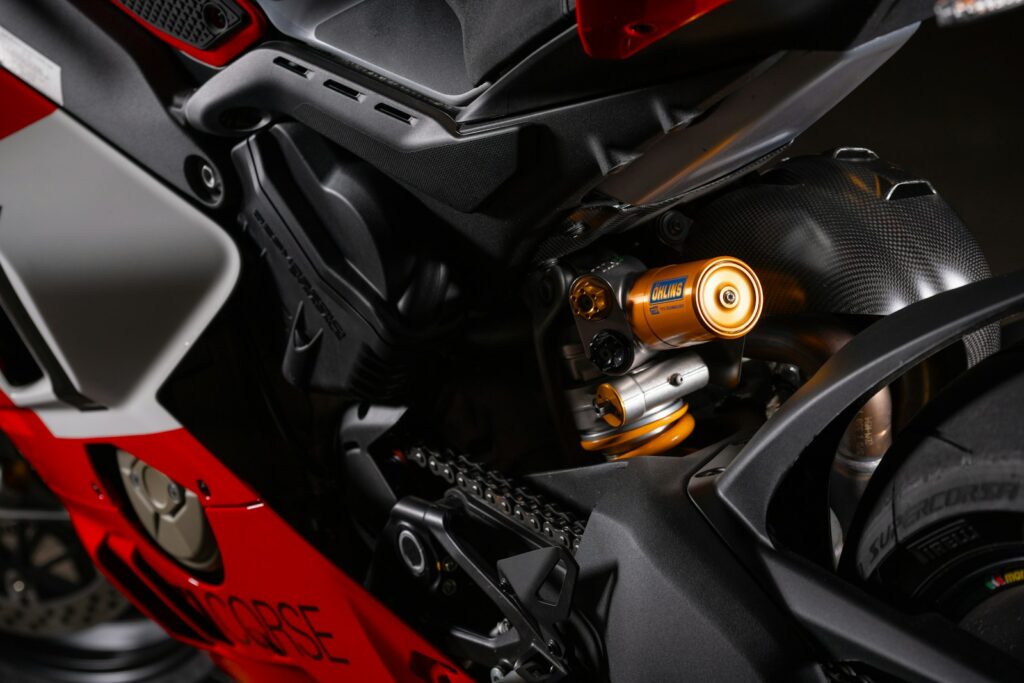
7. **Avoid Popping the Clutch**Just like slamming gears, “popping the clutch” is another dramatic maneuver often seen in movies—perhaps a criminal making a quick getaway. While it might look effective on screen for a sudden burst of acceleration, this aggressive action is profoundly detrimental to the health and lifespan of your clutch. Your clutch is a precision component that functions optimally with very smooth, controlled motions, and popping it directly contradicts this fundamental principle.
Popping the clutch is defined as quickly releasing your foot from the clutch pedal, allowing it to snap up rather than easing it out gradually. When you do this, you’re essentially slamming the clutch disc into engagement with the transmission. Instead of a smooth, gradual transfer of power, the clutch disc makes an abrupt, forceful contact, causing an instant surge of friction and heat. This shock load is severe and completely unnecessary for normal driving or even spirited acceleration if executed correctly.
The consequence of repeatedly popping the clutch is significant and direct: it will rapidly wear out your clutch disc, pressure plate, and flywheel. This accelerated wear leads to premature failure of the clutch system, resulting in loss of power, slipping gears, and eventually, the need for an expensive replacement. An advanced driver understands the delicate nature of the clutch and consciously employs gentle, deliberate release, allowing for a seamless and mechanically sound transfer of power. Prioritizing smoothness over a quick, harsh engagement is a hallmark of expert manual driving and a vital practice for extending the life of your car’s most crucial power-transfer component.
Building upon the essential habits discussed in the previous section, we now shift our focus to refining your interaction with the vehicle. This involves a deeper dive into optimizing gear changes, understanding your car’s operational limits, and mastering advanced maneuvers that ensure both peak performance and the longevity of your manual transmission. True mastery lies not just in avoiding damage, but in actively engaging with the mechanics for a smoother, more responsive drive. Let’s delve into these sophisticated techniques that transform a competent driver into a genuine manual transmission virtuoso.
Read more about: Steering Wheel Sorrow: 8 Hybrid Vehicles That Didn’t Deliver on MPG Promises

8. **Feather Your Gas into Shifts**One common experience for manual drivers, particularly when transitioning from first to second gear, is a slight ‘buck’ or jolt in the car’s motion. This rocking between shifts can be jarring and indicates an area ripe for refinement in your driving technique. For advanced drivers aiming for seamless transitions, the solution lies in a subtle art: feathering your gas into an upshift.
The essence of this technique is to provide a gentle, precisely timed touch of the throttle as you engage the next gear. This “added boost,” as it’s often described, helps to synchronize the engine speed with the transmission, allowing the clutch to engage more smoothly. Without this small input, the engine’s RPMs might drop too quickly, leading to the abrupt re-engagement that causes the car to lurch.
Applying a minimal, controlled amount of gas during an upshift, especially when moving from first to second gear, makes a “most noticeable difference.” This practice allows for a more fluid transfer of power, greatly reducing the jerky sensation that even experienced drivers can sometimes encounter. It’s about creating a harmonious connection between your foot on the clutch and your foot on the accelerator.
Mastering this smooth, coordinated effort not only enhances the comfort of your passengers but also significantly reduces the wear and tear on your drivetrain components. It transforms a routine gear change into an almost imperceptible action, a hallmark of an expert manual driver who commands their vehicle with grace and precision.
Read more about: Redefining Performance: 15 Cars Under $40,000 That Challenge Traditional Sports Car Dominance in 2025

9. **When in Doubt, Shift Up**Driving an unfamiliar manual car, or navigating varying road conditions, can sometimes leave you questioning the optimal gear choice. In such moments of uncertainty, an experienced driver defaults to a simple yet effective protective measure: shifting up to a higher gear. This practice serves as a pragmatic safeguard for your vehicle’s mechanical health.
The reasoning behind this strategy is rooted in the mechanics of gear ratios. “Larger gears are always more forgiving” on the transmission system. They transmit less raw power but are inherently designed to handle more stress over time compared to smaller, lower gears, which are meant for rapid acceleration and higher torque. Therefore, when in doubt, choosing a higher gear translates to “less power” but ensures that your transmission “can take more of a beating.”
This approach encourages you to “err on the side of caution,” prioritizing the longevity of your drivetrain. For instance, if you’re cruising and debating between third or fourth gear without redlining, opting for “4th Gear just to coast” is often the safer bet. It reduces the immediate stress on the engine and transmission, preventing potential over-revving or unnecessary strain.
By consciously choosing a higher gear when the situation is ambiguous, you are proactively minimizing the workload on your engine and transmission. This thoughtful habit, while perhaps sacrificing a fraction of immediate responsiveness, pays dividends in terms of vehicle reliability and reduced maintenance costs over the long run.
Read more about: Tricolor’s $200M Fraud: Unpacking the Collapse of a Subprime Auto Giant and Its Ripple Effects on US Banking
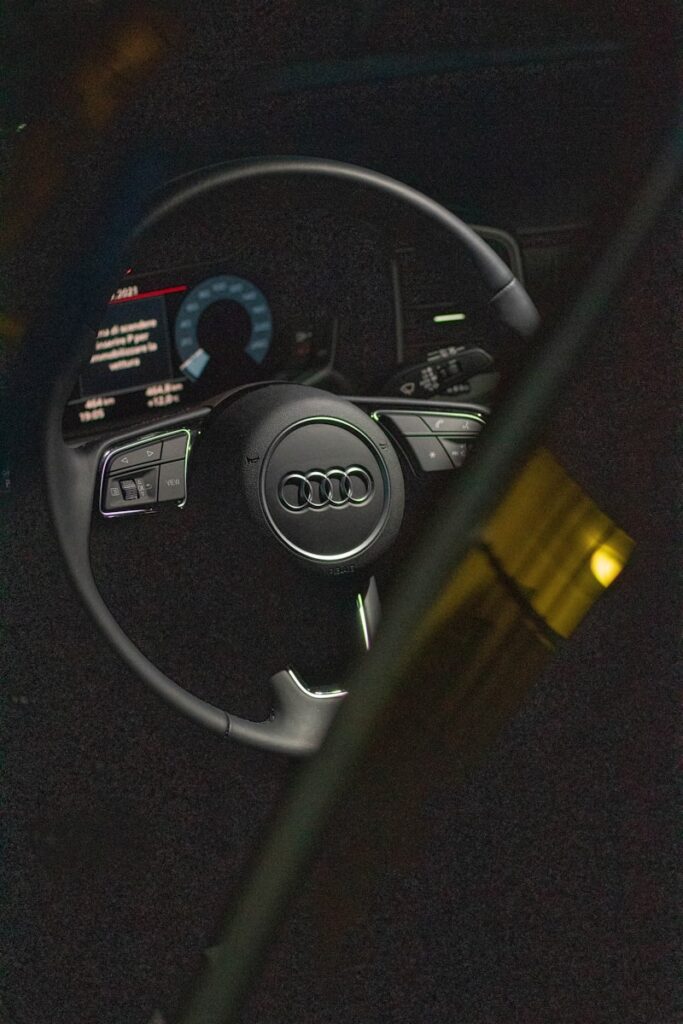
10. **The Redline Is a Bad Place**The tachometer’s redline, that vibrant crimson segment at the upper end of the RPM gauge, often beckons with the promise of maximum power and speed. It can be incredibly “tempting” for drivers to push their engines into this zone, believing it to be the ultimate expression of their car’s capabilities. However, for the health and longevity of your vehicle, the redline should unequivocally be considered a forbidden territory.
Constantly operating your engine “in the redline” is a surefire way to “blow much sooner.” This critical threshold signifies the engine’s deeply uncomfortable zone, where internal components are subjected to extreme stress, heat, and rotational forces beyond their optimal design parameters. Repeated excursions into this area dramatically accelerate wear and tear, leading to premature mechanical failure, sometimes with catastrophic consequences, such as engines “catching on fire during a dyno test.”
While it’s true that the redline is often “the area where your engine can provide the most torque and horsepower,” this momentary surge of performance is “no excuse to creep up into this space.” An advanced driver understands that extracting maximum power at the cost of irreversible damage is not a display of skill, but rather a lack of mechanical empathy. Sustained high-RPM operation generates excessive heat and friction, degrading lubricants and stressing seals and bearings.
A professional manual driver demonstrates mastery not by pushing the engine to its breaking point, but by harnessing its power efficiently within safe operating limits. Respecting the redline is a fundamental principle of preserving your engine’s integrity, ensuring consistent performance, and extending the lifespan of one of your car’s most vital and expensive components.
Read more about: Gone But Not Forgotten: 14 Beloved Cars That Vanished Unexpectedly from Production

11. **Coasting to a Stop Isn’t the Best**For many who first learn to drive a manual car, the easiest way to bring the vehicle to a halt is to disengage the transmission entirely. This involves throwing the car “in ‘Neutral’ and apply[ing] the brake until you come to a complete stop.” While this method, often referred to as “coasting,” simplifies the stopping process for beginners, it is a habit that an advanced driver must consciously “unlearn” due to significant safety and control compromises.
The primary drawback of coasting to a stop is that it renders your vehicle powerless in an instant. When you are “driving out of gear,” your car “doesn’t have any power from your engine.” This absence of engine connection means that if a sudden emergency arises—such as needing to “quickly accelerate to avoid getting rear-ended, or you need to swerve out of the way”—you are critically hampered. Your ability to react decisively and leverage engine power for evasive maneuvers is completely lost.
Beginners are often taught this technique because “downshifting is difficult and it’s easy to downshift too early and destroy your engine.” This highlights a fear of damaging the car, leading to a less ideal, albeit simpler, stopping method. However, prioritizing ease over safety and control is not the mark of an advanced driver.
Recognizing the dangers inherent in coasting is the first step toward a more sophisticated and secure driving style. It sets the stage for adopting techniques that maintain constant connection to the engine’s power, allowing for dynamic responses to any situation the road might present.
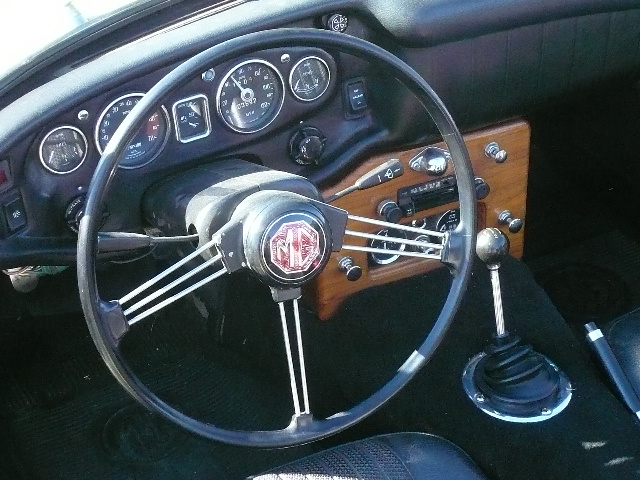
12. **Downshifting Is Your Friend**As a direct counterpoint to the problematic habit of coasting, embracing downshifting is perhaps the single “biggest difference between a beginner and an advanced manual driver.” Instead of disengaging the engine when slowing down, an expert manual driver actively uses the transmission to their advantage, leveraging engine braking for greater control and safety.
The proper technique involves progressively “downshift[ing] from your current gear all the way down to ‘2nd Gear’ before going to ‘Neutral'” as you approach a stop. This methodical reduction of gears keeps the engine connected to the wheels, utilizing the engine’s natural resistance to slow the car. It’s a proactive approach that ensures you remain prepared for any eventuality on the road.
The paramount advantage of downshifting is maintaining immediate access to engine power. If the “same emergency situation arises where you need to quickly get out of the way,” by being “in gear,” you possess the capability to accelerate or maneuver instantaneously. This level of responsiveness is simply unavailable when coasting in neutral, making downshifting a critical safety measure.
While “downshifting can be uncomfortable at first” and “it’s tough to find the right rev range to successfully downshift without your engine whining afterward,” the benefits far outweigh the initial learning curve. It requires practice to harmonize your clutch, throttle, and gear shifter for smooth engagements, but mastering this skill is fundamental to achieving true command over your manual vehicle and significantly extending the life of your brake pads by reducing their workload.
Read more about: Buyer Beware: 12 Critical Reasons Why a Ford Might Not Be Your Best Investment
13. **When Downshifting, Avoid First**While downshifting is an indispensable skill for an advanced manual driver, it’s crucial to understand its nuances—particularly when approaching the lowest gears. Our previous discussion advocated downshifting to “2nd Gear” before engaging neutral for a full stop, and there’s a specific reason why “1st Gear” is typically omitted from this sequence: it’s rarely the appropriate gear for slowing down.
“1st Gear is your smallest gear, and it’s the roughest to ride on” when used for deceleration from anything but a near standstill. Attempting to downshift into first at a speed even slightly above walking pace will almost certainly cause your “car will buck a lot and you’ll get thrown around.” This violent jolt is not only uncomfortable but also puts immense and unnecessary strain on your transmission components, leading to accelerated wear. Furthermore, it’s easy to “redline in first” accidentally, which, as we’ve discussed, is highly detrimental to your engine.
Therefore, “there’s no reason to go through this stress” by downshifting into first gear for a stop. When you’re traveling at a speed that would typically warrant a shift to first, you’re “already going slow enough to justify going to ‘Neutral’ instead” for the final few feet before coming to a complete stop. This preserves your transmission and prevents the jerky motion that detracts from a smooth driving experience.
There are, however, limited “exceptions to this rule.” If you’re “driving an old three-speed” vehicle, engaged in “off-roading,” or if your “car is really underpowered or doesn’t have a lot of horsepower,” then utilizing first gear for specific, slow-speed torque might be your “best bet.” But for most modern manual cars and typical driving scenarios, downshifting to second gear provides sufficient engine braking and a far smoother, less damaging transition.
Read more about: Buyer Beware: 12 Critical Reasons Why a Ford Might Not Be Your Best Investment
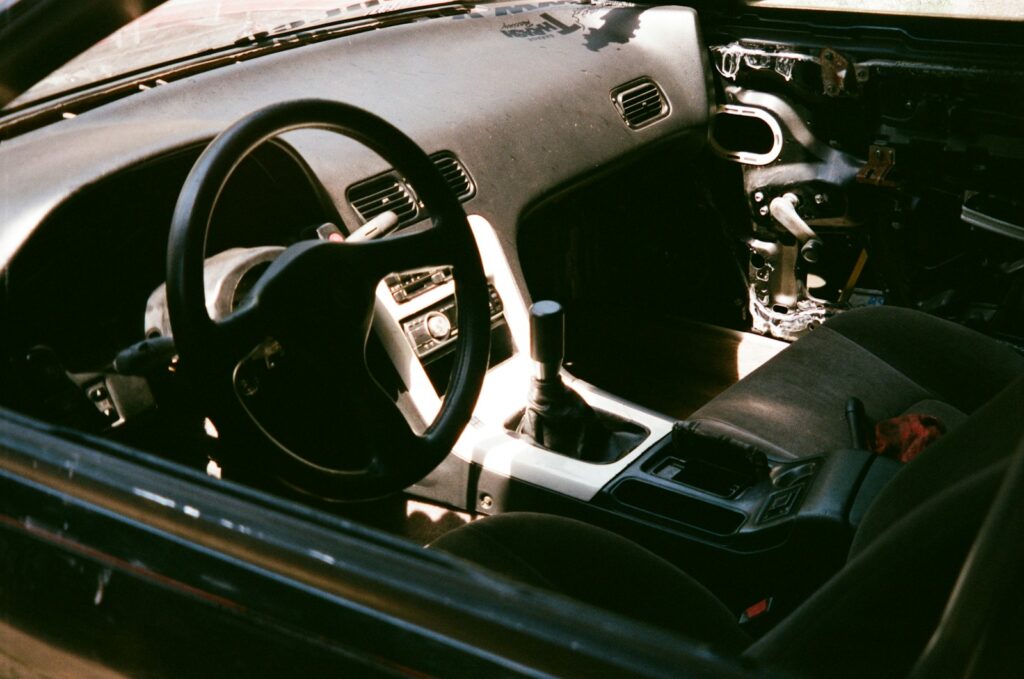
14. **Understand Your Reverse Gear**Navigating in reverse often presents a unique set of challenges for manual drivers, frequently leading to either stalling or inadvertently accelerating too quickly. This common struggle highlights a specific need to “understand Your Reverse Gear,” as its characteristics differ subtly from your forward gears and require a distinct approach for smooth operation.
While “the gear itself works just like any other gear in your transmission,” its “ratio is a little different.” Depending on your specific vehicle, the reverse gear ratio is typically engineered to be quite powerful for low-speed maneuvering, often falling “somewhere between a ‘1st Gear’ and ‘3rd Gear'” in terms of effective torque delivery. This powerful ratio means that even a slight engagement of the clutch can translate into significant movement.
Due to this unique gearing, mastering reverse often means a delicate balance of clutch and throttle. You “might need to give it a little gas to reverse without a jerky motion,” especially on inclines or when precision is required. The key is to find the biting point of the clutch and modulate the throttle with extreme finesse, allowing for controlled, steady movement without relying solely on clutch friction, which can prematurely wear out the clutch disc.
An advanced driver treats the reverse gear with the same respect and precision as any other. By understanding its distinct characteristics and practicing subtle clutch and throttle control, you can execute reverse maneuvers with confidence, preventing the common pitfalls of stalling or abrupt movement and ensuring the longevity of your car’s drivetrain.
Read more about: Mechanics’ Top Frustrations: 14 Bad Car Habits You Need to Stop Now to Save Money and Your Vehicle’s Life
Having honed these advanced techniques and shed the beginner’s crutches, you stand on the precipice of true manual transmission mastery. The journey from novice to pro is a continuous evolution, a dialogue between driver and machine that deepens with every mile. Even in 2025, manual cars continue to offer a unique, engaging, and deeply satisfying driving experience that modern automatics, for all their technological prowess, simply cannot replicate. The skills you’ve cultivated—from precise rev-matching to intelligent gear selection—not only enhance performance and vehicle longevity but also connect you to the very soul of driving. Embrace the road ahead, for with every smooth shift and perfectly executed maneuver, you solidify your place among the select few who truly understand the art of the manual.

